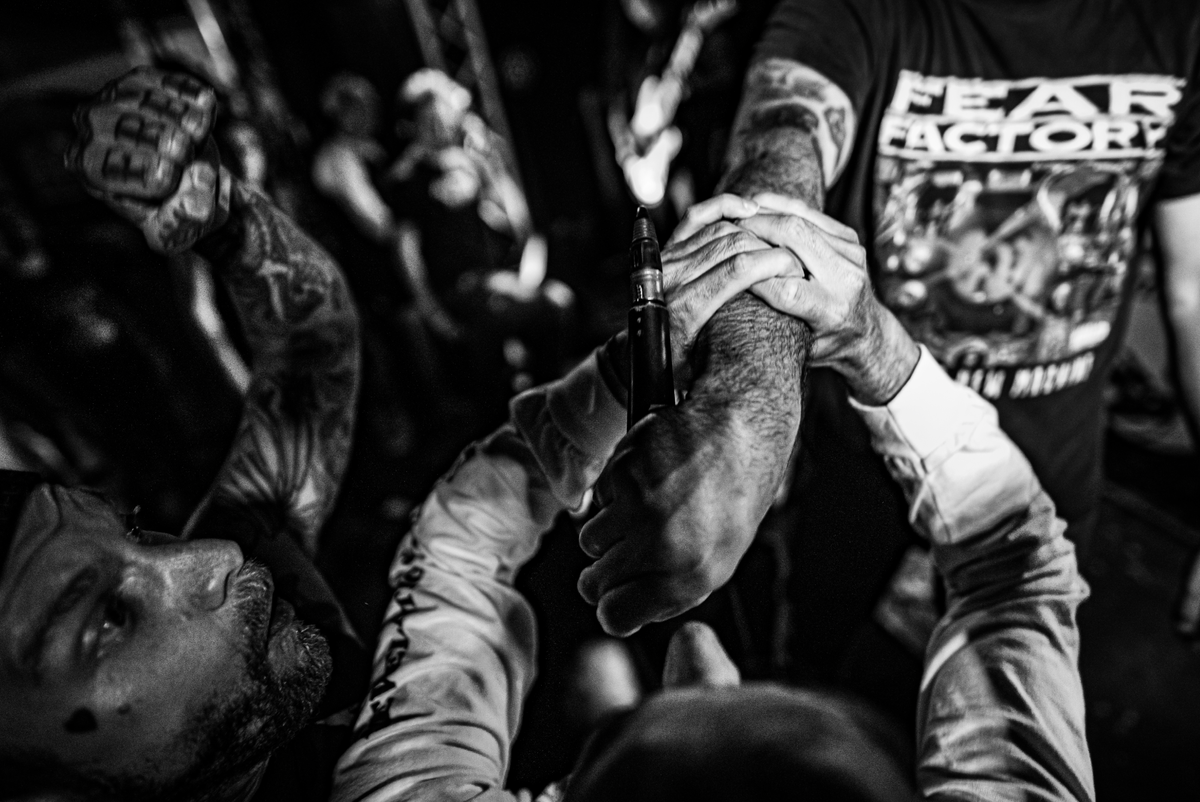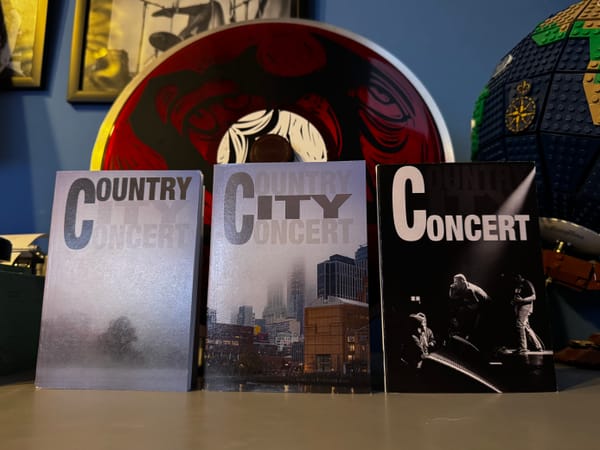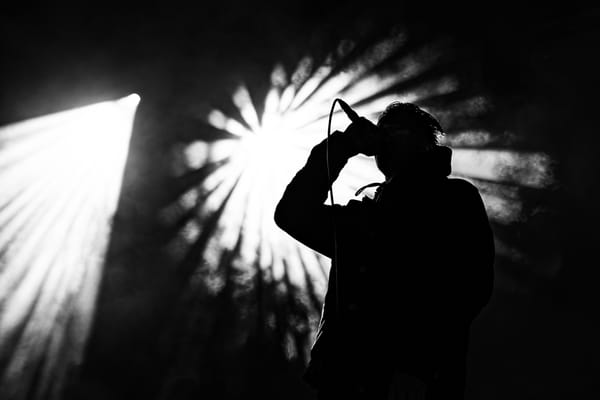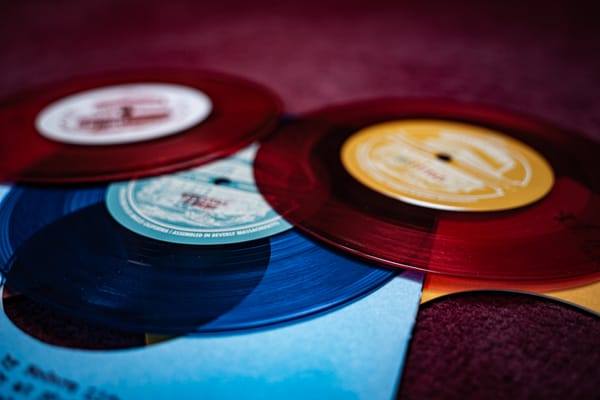On Photographing Punk Musicians – Part 4

Recently, I published my latest zine, How To Photograph Punk Musicians In 5 Easy Steps. This newsletter contains a chapter of that zine, with more to follow. If you like it, please consider buying a physical copy at store.terror.management.
I also have copies left of my earlier zine, Terror Management, containing edited versions of essays previously published through this newsletter. Foreword by Greg Bennick (Trial, Between Earth and Sky, Bystander). Thank you.
Chapter 4: Go Beyond Subject
There’s a lot of ego in this type of photography. Musicians, surely, are always wanting to look their best, their most ferocious, most immortal. And as a photographer, we generally aspire to meet those wishes, because putting greatness on film is what we all want – if only to attach ourselves to this defiance of expiration.
It’s all very silly.
And beyond that, I would posit that we should rid ourselves of the notion that this is what makes great photography. Because let’s be honest: in the end it’s all just shapes and shades. We try to arrange these to form pleasing images using the different buttons and knobs on our cameras, but it’s never bigger than shapes and shades.
We cling to a priori from the real world when in fact a photo is so many layers removed from reality – a notion easily overlooked by the fact that pictures are indeed a capture of a specific moment in time. The problem being, of course, that this slightest of slivers of a specific moment says next to nothing about the mountains of context around it.







Starting top right, clockwise: The GuruGuru, 2022 / Skroetbalg, 2022 / Dead Heat, 2022 / Portrayal of Guilt, 2019 / Cult of Luna, 2022 / Chain Reaction, 2018 / Dödsrit, 2022
That also doesn’t consider the many editorial and creative choices a photographer takes with every shot – from angle to composition to shutter speed and beyond, which I touched on in chapter one. All these decisions, taken consciously or not, add up to form a specific version of what was shot, which at best has very little and at worst almost nothing to do with the truth.
That’s not to say we shouldn’t care at all about subject matter. It’s an effective way of quickly evoking a specific emotion from the viewer, but that effectiveness is often seen as a shortcut – or worse yet: the only way to a viewer’s heart. It breeds laziness as it pushes us into a set mode of thinking, a fixed approach to creativity just to feel those endorphins as a reward when we sow our results to harvest praise and affirmation online.
As artists, it’s our job to push. Push the medium, push one’s own creative vision, push the audience. The difference between art and craft, despite the heavy overlap between the two, is that art is open ended and should evoke more than a “well that’s a well taken photo” or “nicely painted scene”. Art should go beyond the canvas or screen and make the audience consider things beyond the medium and execution thereof.
Photography, in my humble opinion, should not merely be about nicely taken photos. It should challenge the viewer on what photography can be. Now, for all intents and purposes, I’m a fairly conservative photographer. I rely a lot on a priori concepts to communicate a scene, but still I try to break the mould and make the viewer feel something other than a memory.
Let’s not be lazy. Leave the subject matter in the background, stop hunting for a cool pic of the singer and find what touches you.




